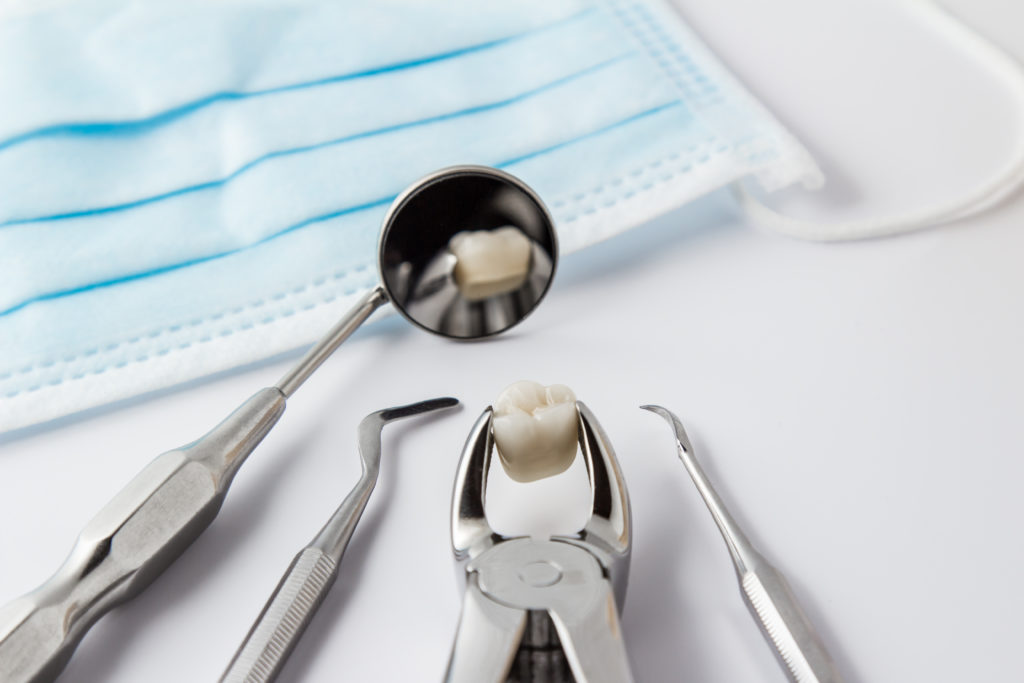Your dental health in our hands
Oral surgery involves the treatment of deformities, injuries and disease related to the mouth, teeth and facial regions. Surgery may be needed when a curved root or impacted wisdom tooth complicates an extraction or to reconstruct part of a jaw to provide more bone mass for future dental procedures.
BONE GRAFT SURGERY
Your jaw bone helps to anchor your teeth. When you have bone loss in your jaw, a bone graft is a procedure that helps to stimulate the bone growth needed to reshape your jaw and prepare it for the dental implants that will be used to hold replacement teeth.
EXTRACTIONS
A tooth extraction is the removal of a natural tooth.
There are a number of reasons your dentist may recommend one or more of your teeth to be extracted.
- Your teeth may be severely decayed or have broken away in a manner that is beyond restoration.
- You may have advanced gum disease and the affected teeth cannot be saved.
- Your teeth may be impacted or poorly positioned.
- Your erupting wisdom teeth may be causing pain or pushing your other teeth forward or out of alignment.
- Your mouth may be over-crowded, and teeth need to be removed in preparation for braces.
In cases of decay, your dentist will choose to save the tooth with restorative work if this is possible as removing a tooth can lead to complications such as difficulty in eating, problems with your jaw joint and movement of your other teeth over time. Your dentist will discuss with you the need to remove your tooth and recommend tooth replacement to avoid future dental health complications.


WISDOM TOOTH SURGERY
A wisdom tooth is one of the four molars at the back of your mouth that erupt when you are between 18-21 years of age.
If your wisdom teeth are impacted or prove difficult to remove, your dentist will perform wisdom tooth surgery. This involves making an incision to expose the bone and tooth and may be done under local or general anaesthesia. In some cases, part of the jaw bone may have to be removed or the tooth sectioned to make removal possible. Your dentist will irrigate and cleanse the site once the tooth is removed and assess whether stitches (sutures) are required.




